Labour Law in Canada
List of Abbreviations. Introduction. I. General Observations. II. General Background Information. III. General Notions and Special Definitions. IV. The Canadian Labour Movement. V. The Role of Government Institutions in the Shaping and Administration of Labour Law and Industrial Relations Policy. VI. Sources of Labour Law. Part I. The Individual Employment Relationship. Chapter I. Definitions and Concepts. 1. The Central Place of the Contract of Employment. 2. Distinguishing the Contract of Employment from other Contracts to Provide Service. 3. Formation of Contracts of Employment. Chapter II. Rights and Duties of the Parties to the Employment Relationship. 1. The Roots of such Rights and Duties. 2. The Employer's Duties and Obligations. 3. The Employee's Duties and Obligations. 4. Termination of Employment. 5. Remedies for Breach of Contract. Part II. Collective Labour Relations. Chapter I. Trade Unions and Their Organizations. 1. Trade Union Membership and Characteristics. 2. The Canadian Labour Congress. 3. Legal Status of Trade Unions. Chapter II. The Right to Organize. 1. The Need for Statutory Protection. 2. Protection of the Rights of Individual Employees. 3. Protection of Trade Union Rights. 4. Reconciling Employee, Employer and Trade Union Rights. 5. Remedies. Chapter III. Legal Recognition of Collective Bargaining Rights. 1. The Source of Collective Bargaining Rights. 2. Acquisition of Collective Bargaining Rights. 3. The Shape of the Collective Bargaining Structure. 4. Transfer and Termination of Bargaining Rights. Chapter IV. The Collective Bargaining Process. 1. The Union's Exclusive Authority to Bargain. 2. The Statutory Freeze. 3. Dispute-settlement Procedures. 4. Conduct of Negotiations. Chapter V. Industrial Conflict. 1. The Role of Conflict in the Canadian System of Industrial Relations. 2. Forms of Conflict. 3. Lawful Economic Sanctions. 4. Unlawful Industrial Action. 5. Remedies for Unlawful Industrial Action. Chapter VI. Collective Agreements. 1. The Collective Agreement. 2. Administration and Enforcement of the Collective Agreement. 3. The Limited Role of the Courts. 4. The Role of Labour Boards. Index.
{{comment.content}}
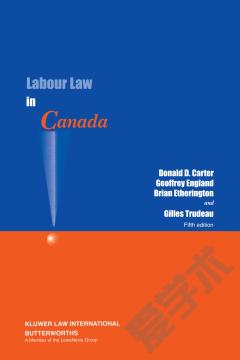

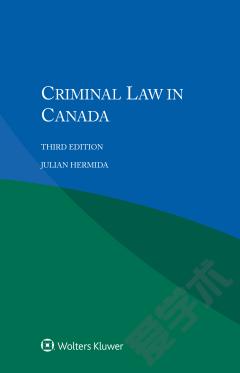
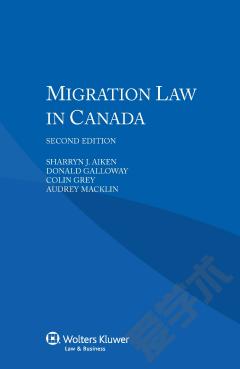
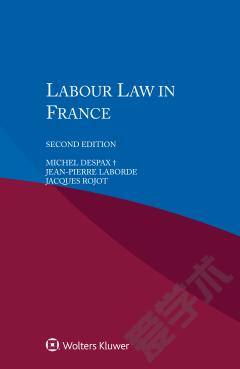
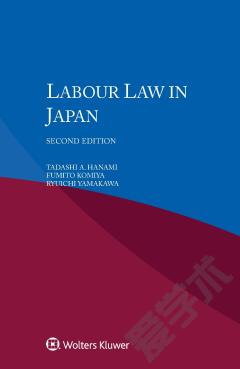
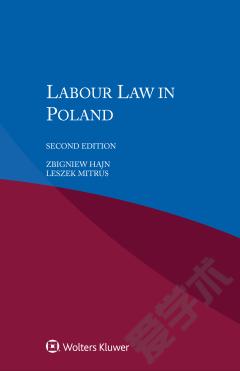

 京公网安备 11010802027623号
京公网安备 11010802027623号